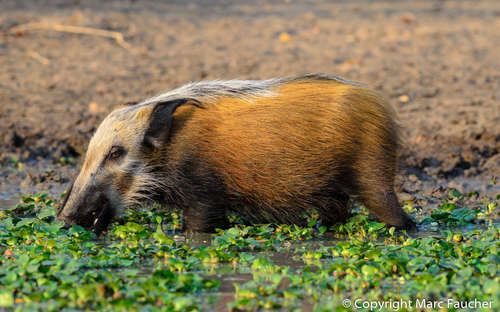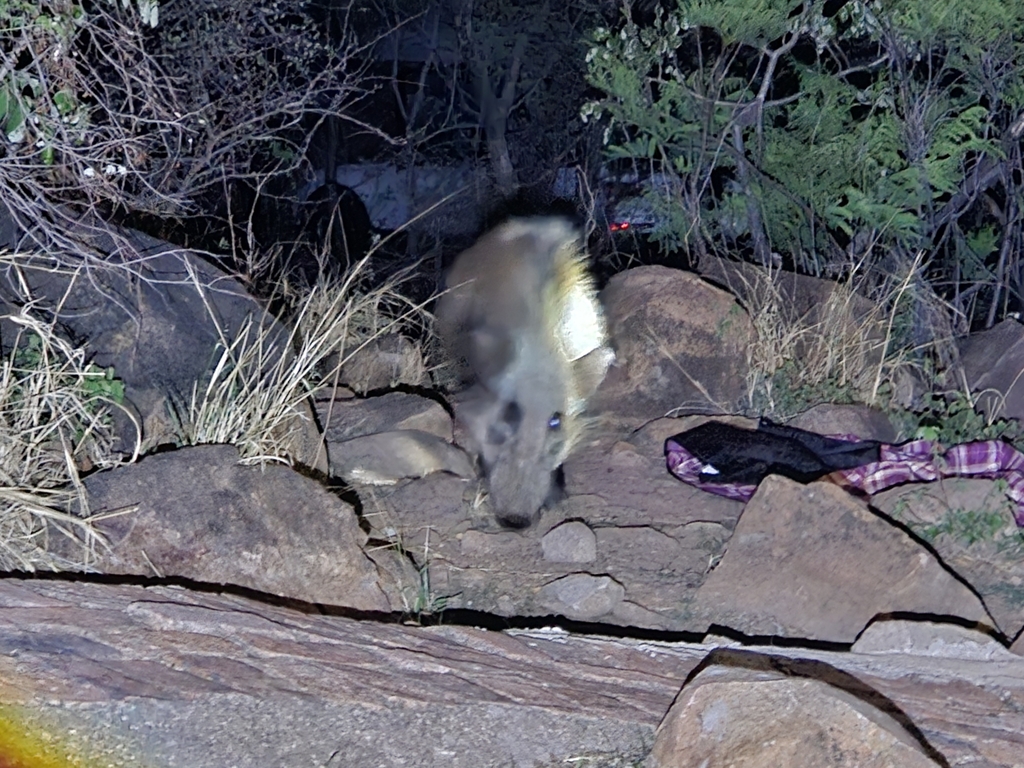|
| Common Animals Fish Mushrooms Flora |
|
Potamochoerus larvatus |
July: Piglets become more independent but still remain within their mothers' territories.
Safe for humans. May show aggression during rutting season. Considered sacred by Assamese tribes. Used in ritual sacrifices in the past. Now protected by Indian law, with reintroduction programs ongoing.
Found only in Northeast India (Assam). One of the rarest mammals in the world. Nocturnal and highly secretive.
Tracking in grassland thickets Baited traps (considered unethical due to rarity) Traditional tribal hunting
Critically endangered – hunting is illegal. Extremely elusive, stays in dense grass. Can be tracked via trails and footprints.
Small body – carcass up to 8 kg. Thin skin, meat is tender but lean. Usually cooked whole. Meat is safe when properly cooked. Possible parasites if eaten raw.
Whole carcass: Roasting over open fire or pan frying
Pygmy hog stew with tamarind (Braised)
Dish from Northeast India, marinated in spices and tamarind-tomato sauce
Dish from Northeast India, marinated in spices and tamarind-tomato sauce
1. Marinate meat with turmeric, pepper, garlic, and tamarind.
2. Fry with onion and spices.
3. Add water and simmer for 1.5 hours.
2. Fry with onion and spices.
3. Add water and simmer for 1.5 hours.
Pygmy hog in banana leaves (Coal pit roasting)
Traditional Assamese method
Traditional Assamese method
1. Rub meat with salt, chili, and lemon juice.
2. Wrap in banana leaf.
3. Cook in hot coals for 40–60 minutes.
2. Wrap in banana leaf.
3. Cook in hot coals for 40–60 minutes.
 South Africa · Gauteng · Cityof Tshwane
South Africa · Gauteng · Cityof Tshwane








